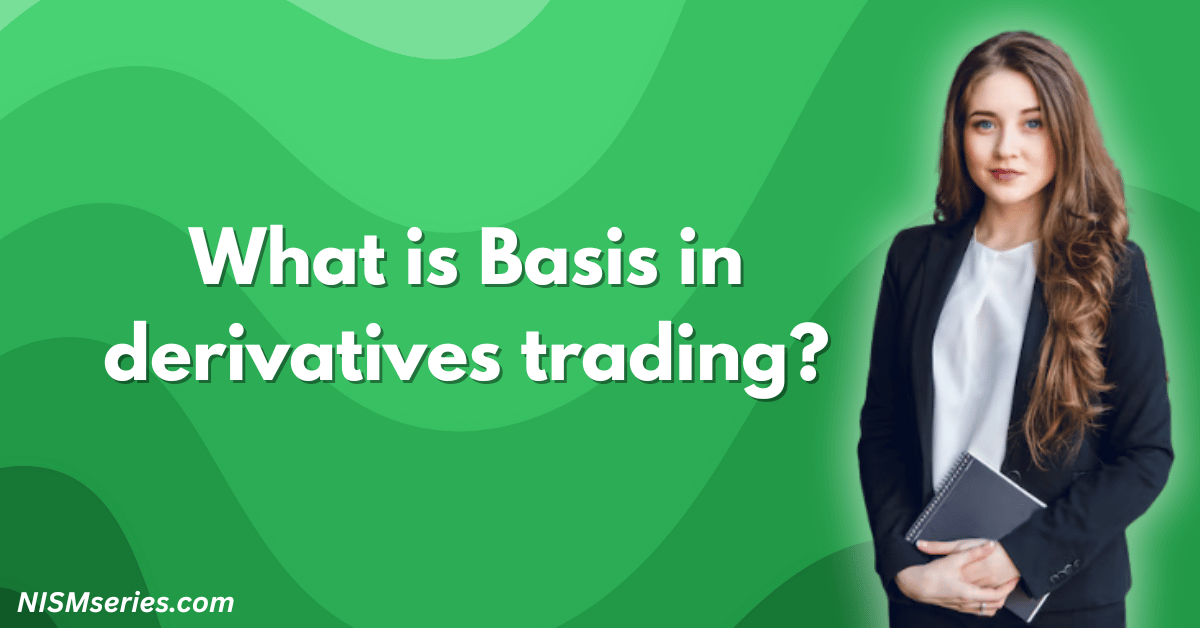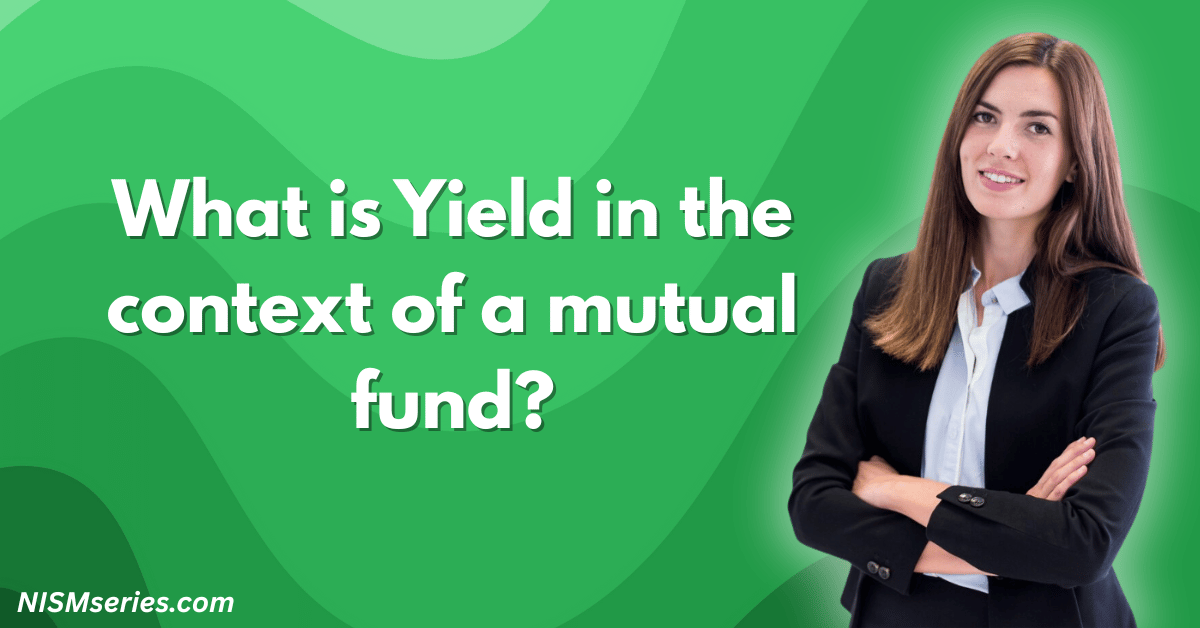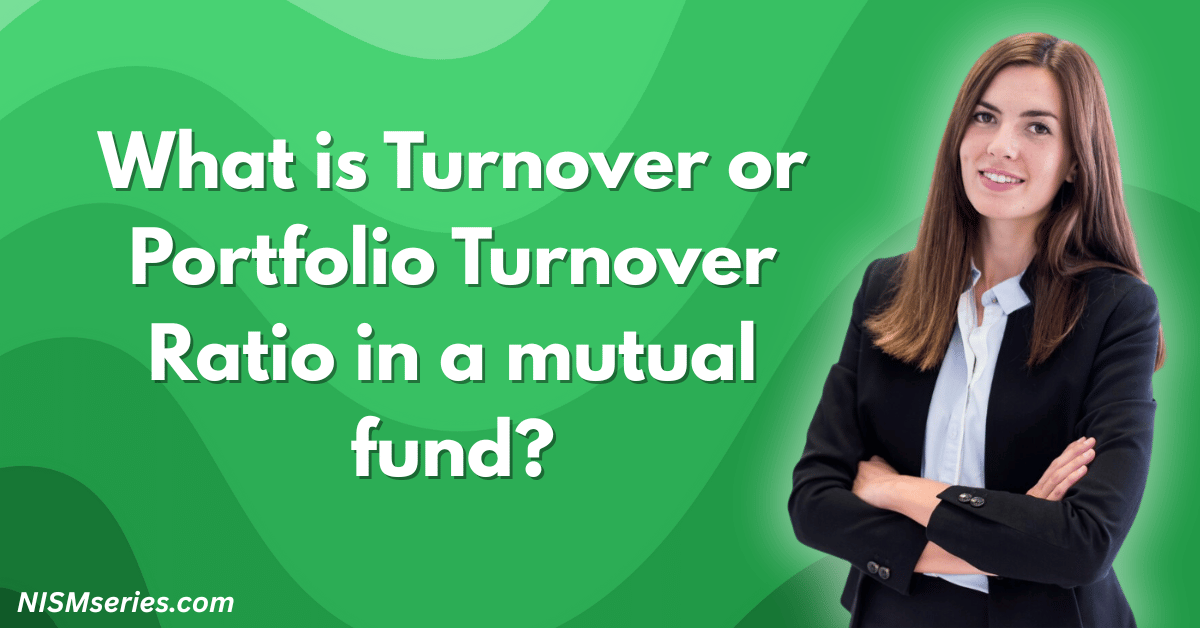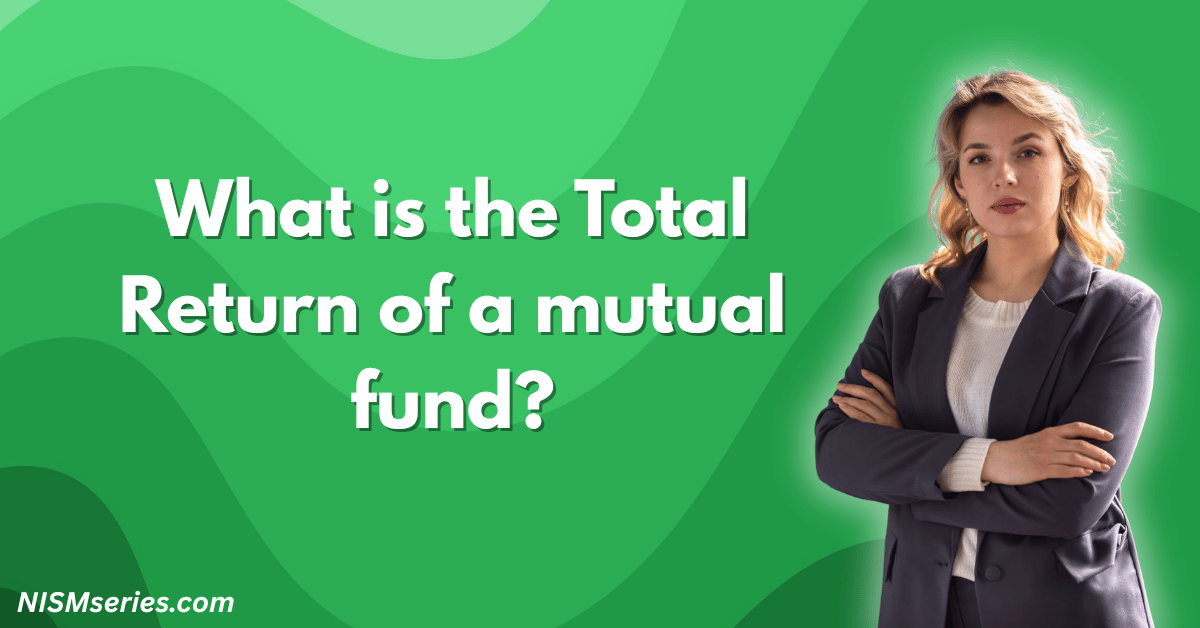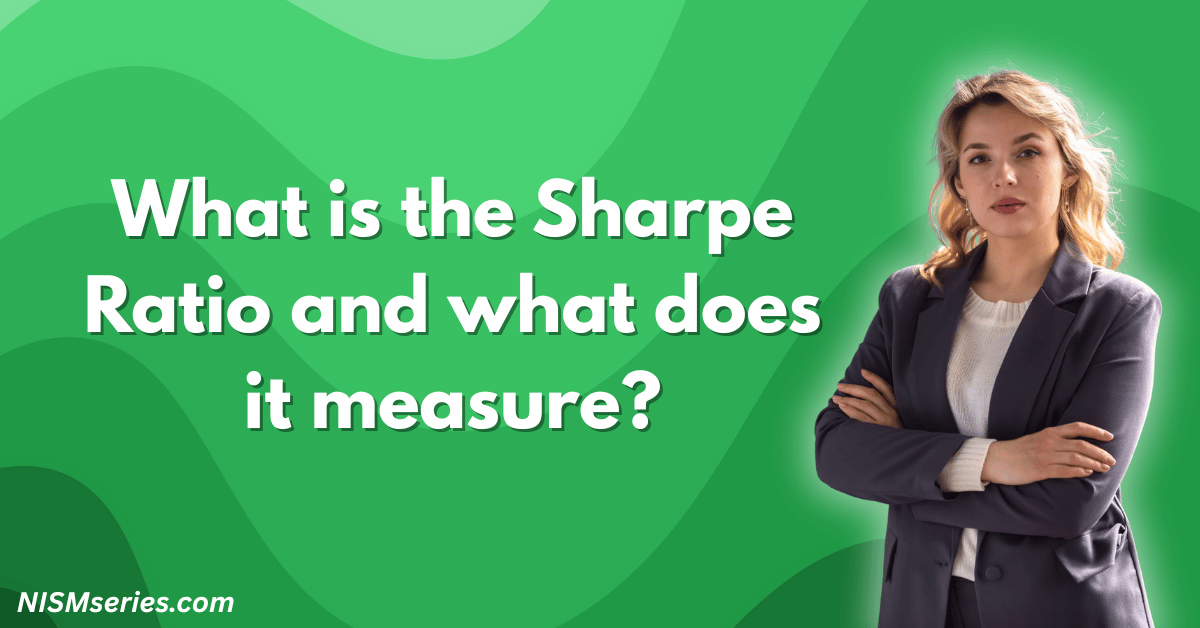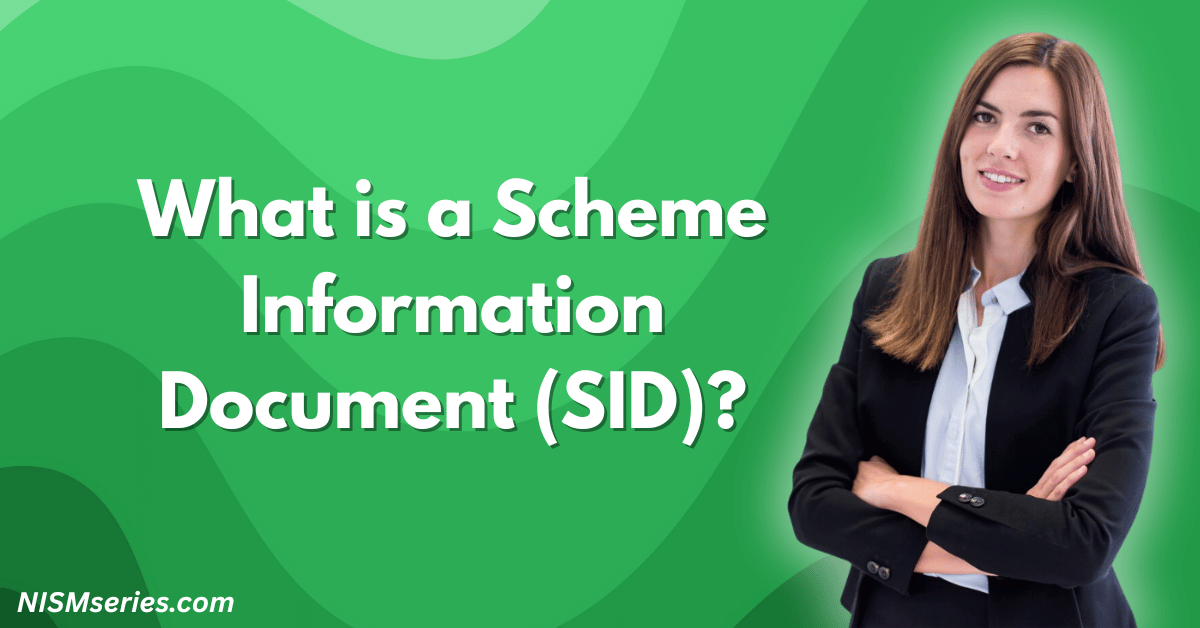Balanced funds mix stocks (equity) and bonds (debt) in one fund. This is a smart way to invest. They must hold 25% to 75% in stocks and at least 25% in bonds. Their goal is to grow your money and provide a steady income. It offers the best of both worlds.
These funds are now smart investment tools. They give great returns for the risk you take. They also keep your investment plan steady. All balanced funds must follow strict SEBI rules. This makes sure they are safe and managed well.
Table of Contents
How Do Balanced Funds Work?
Asset Allocation Strategy in Balanced Funds
Balanced funds use a smart plan to mix assets. The fund manager always watches the market. They check for big swings, interest rate changes, and economic news. They must always adjust the mix of stocks and bonds to get the best results. This is the only way to win.
The fund manager must rebalance the fund every three months. They check if stocks or bonds are a better deal. Then they make smart changes to grab the best market opportunities. This keeps your risk in check.
Equity Component in Balanced Funds
The stock (equity) part of the fund makes your money grow fast. For the best tax benefits, these funds must have at least 65% in stocks. This is a huge advantage. The stock part includes:
- Big company stocks (large-cap) for safety
- Medium company stocks (mid-cap) for good growth
- Small company stocks (small-cap) for big profits
- Stocks from many different industries
Debt Component in Balanced Funds
The bond (debt) part is the fund’s anchor. It keeps everything safe. It provides a steady income and reduces big price swings. This part must include government bonds, company bonds, and other safe investments. The debt part protects you when the stock market falls.
Hybrid Fund Structure and Portfolio Management
Balanced funds always use expert fund managers. They have different experts for the stock and bond parts. This lets them make smart changes between stocks and bonds based on the market. Managers always watch bond quality and stock growth. This active management is why these funds are the best.
Types and Benefits of Balanced Funds
Types of Balanced Funds Available
Equity-Oriented Balanced Funds
These funds focus on growth. They must have more stocks (usually 65-75%). They are the only choice for investors who want their money to grow big and can handle some risk.
Debt-Oriented Balanced Funds
These funds are for safe investors. They have more bonds (50-70%). They are best for people who want steady income more than big growth. They always perform better when the market is down.
Balanced Advantage Funds
These are the smartest funds. They are also called dynamic asset allocation funds. They use special computer models to change the mix of stocks and bonds. They can shift from 10% to 90% in either stocks or bonds. This gives them total freedom to handle any market.
Key Benefits of Investing in Balanced Funds
Diversification and Risk Management
Balanced funds give you instant diversification. This is their biggest benefit. You own both stocks and bonds. This lowers your risk. This is the only way to protect your money while it grows.
Steady Returns and Growth Potential
The mix of two assets means balanced funds always perform well. The stock part drives big growth over time. The bond part provides safety and regular income. It is a perfect combination.
Professional Fund Management
With balanced funds, you get an expert fund manager. These people know the market inside and out. They make all the hard choices for you. This is the only way to invest without worrying about timing the market.
Who Should Invest in Balanced Funds?
Balanced funds are the perfect choice for smart investors who want a mix of safety and growth. You must invest in them if you are:
- A first-time mutual fund investor
- Someone with a 3-5 year investment plan
- Someone who wants an expert to manage their money
- Someone who wants one simple fund
Balanced Funds Performance and Returns
Balanced funds perform very well in all kinds of markets. They always give great returns for the risk you take. Their performance depends on how they mix their assets and what the market is doing.
Balanced Funds vs Equity Funds Comparison
| Parameter | Balanced Funds | Equity Funds |
|---|---|---|
| Risk Level | Moderate | High |
| Return Potential | Moderate to High | High |
| Volatility | Lower | Higher |
| Asset Mix | Equity + Debt | Primarily Equity |
| Suitable For | Moderate risk investors | High risk investors |
Balanced Funds vs Debt Funds Comparison
| Parameter | Balanced Funds | Debt Funds |
|---|---|---|
| Growth Potential | Higher | Lower |
| Income Generation | Moderate | High |
| Risk Level | Moderate | Low |
| Tax Efficiency | Better (if equity-oriented) | Lower |
| Market Sensitivity | Moderate | Low |
FAQ
Are Balanced Funds Safe for Long-Term Investment?
Yes, balanced funds are much safer than funds that only own stocks. This is a fact. The bond part always protects you when the market falls. The stock part grows your money over the long term. But remember, they are not 100% safe. No investment is.
What is the Ideal Investment Duration for Balanced Funds?
You must invest in balanced funds for at least 3-5 years. This is the only way to get the best results. This gives the stock part enough time to grow your money big. It also lets you ignore short-term market ups and downs.
How Are Balanced Funds Taxed?
Short-term capital gains (if you sell in less than one year): you pay 20% tax.
Long-term capital gains (if you sell after one year): you pay 12.5% tax, and the first ₹1.25 lakh you make is tax-free.
Which Balanced Funds Offer the Best Returns?
The performance of balanced funds always changes. It depends on the market, the fund manager, and the fund’s plan. You must not chase short-term returns. The only smart way is to choose a fund based on your risk level, goals, and its long-term success.
Can I Switch Between Different Balanced Fund Types?
Yes, you can easily switch between different balanced funds in the same fund company. But you might have to pay a small fee (exit load) and taxes. If you want to switch to a fund from a different company, you must sell your old fund and buy the new one. This will cause you to pay capital gains tax.
Balanced funds are the best solution for any investor who wants an expert to manage their money with less risk. Their smart mix of stocks and bonds, good tax rules, and steady performance make them the perfect choice for building great wealth.






